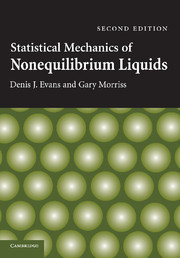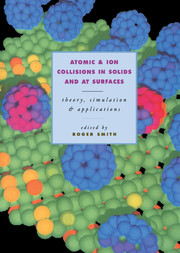Statistical Mechanics of Nonequilibrium Liquids
In recent years the interaction between dynamical systems theory and non-equilibrium statistical mechanics has been enormous. The discovery of fluctuation theorems as a fundamental structure common to almost all non-equilibrium systems, and the connections with the free energy calculation methods of Jarzynski and Crooks, have excited both theorists and experimentalists. This graduate-level book charts the development and theoretical analysis of molecular dynamics as applied to equilibrium and non-equilibrium systems. Designed for both researchers in the field and graduate students of physics, it connects molecular dynamics simulation with the mathematical theory to understand non-equilibrium steady states. It also provides a link between the atomic, nano, and macro worlds. The book ends with an introduction to the use of non-equilibrium statistical mechanics to justify a thermodynamic treatment of non-equilibrium steady states, and gives a direction to further avenues of exploration.
- Connects molecular dynamics simulation and mathematical theory to understand non-equilibrium steady states
- Graduate level book on non-equilibrium statistical mechanics
- Links the atomic, nano, and macro worlds
Product details
May 2008Adobe eBook Reader
9780511402500
0 pages
0kg
This ISBN is for an eBook version which is distributed on our behalf by a third party.
Table of Contents
- 1. Introduction
- 2. Linear irreversible thermodynamics
- 3. The microscopic connection
- 4. The Green–Kubo relations
- 5. Linear response theory
- 6. Computer simulation algorithms
- 7. Nonlinear response theory
- 8. Dynamical stability
- 9. Nonequilibrium fluctuations
- 10. Thermodynamics of steady states
- References
- Index.




